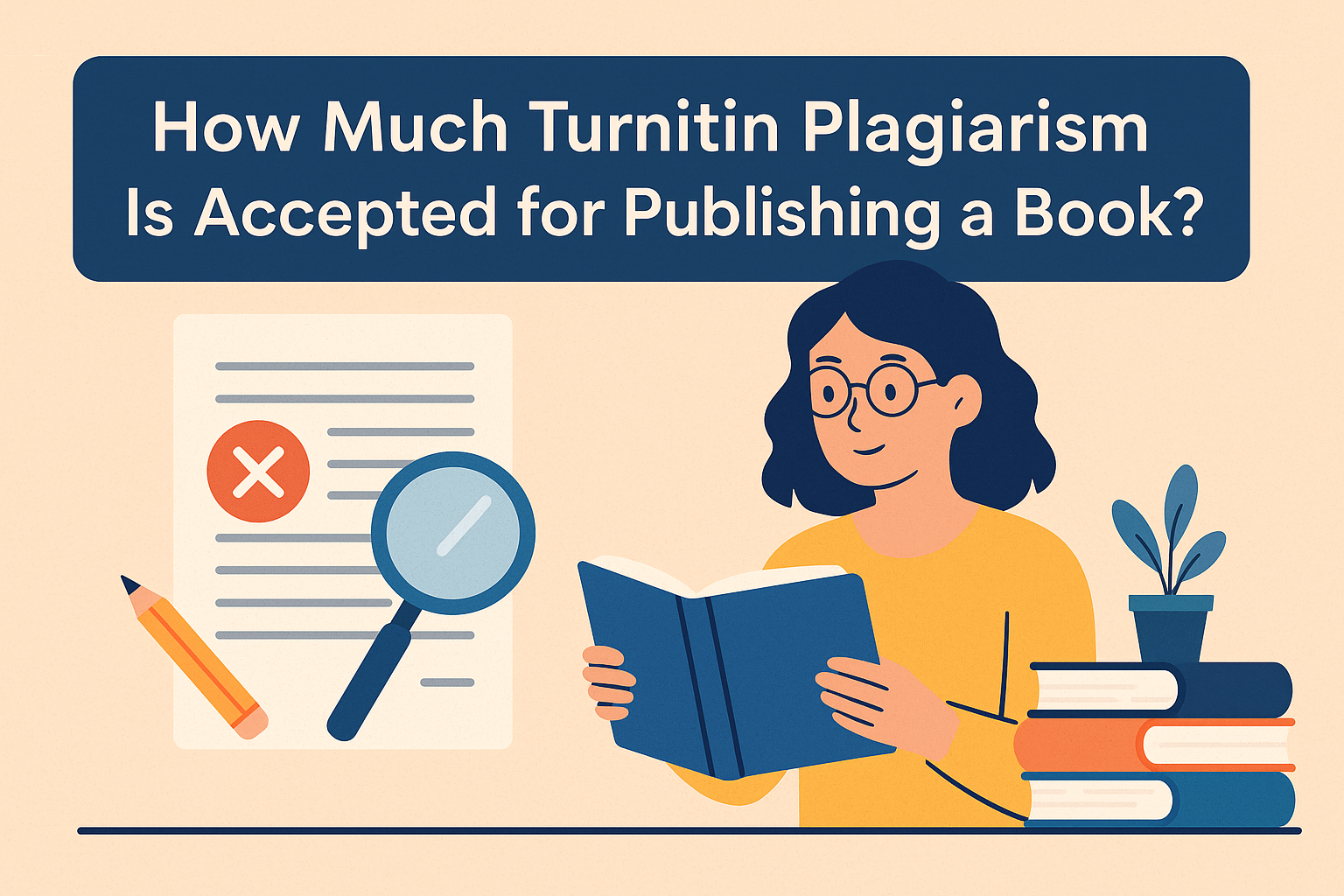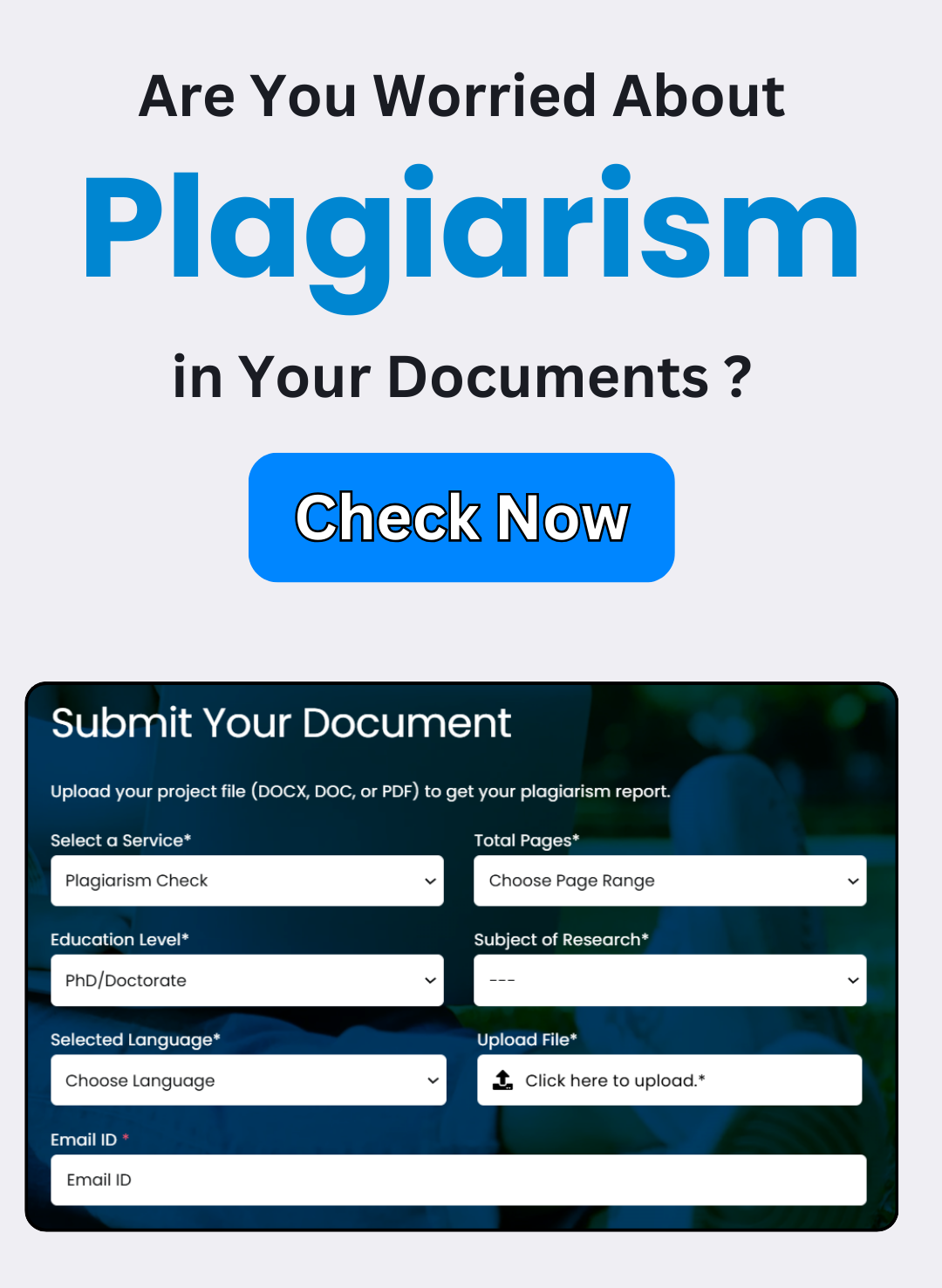
How Much Turnitin Plagiarism Is Accepted for Publishing a Book?
Introduction:
When it comes to publishing a book, originality is crucial. Turnitin plagiarism checks are widely used to ensure that content is unique and does not infringe on others’ intellectual property. But how much Turnitin plagiarism is acceptable when you’re preparing a manuscript for publishing? In this blog, we’ll explore the thresholds for plagiarism in the publishing world and how you can ensure your work is free from plagiarism before submitting it for publication.
Understanding Turnitin Plagiarism and Similarity Scores
Turnitin is one of the most popular plagiarism detection tools used by publishers, educators, and researchers. It compares your content against a vast database of academic papers, books, journals, and online content to check for any similarities.
-
Similarity Score: Turnitin generates a percentage score that shows how much of your document matches other sources. This percentage is not necessarily an indicator of plagiarism but shows the degree of similarity.
-
What is a Good Turnitin Score?
-
Less than 5%: A score under 5% is generally considered acceptable. This usually means that only a small portion of your content may match commonly used phrases, references, or quotes.
-
5%-15%: A score between 5% and 15% might raise some concerns, but it is acceptable in many cases if the similarities are due to quotes, references, or common knowledge. However, the content should be properly cited.
-
Above 15%: A score higher than 15% is often seen as problematic, especially if the matches are substantial or from other published works. In such cases, publishers may request significant changes or reject the manuscript.
-
How Much Plagiarism Is Acceptable in Book Publishing?
In book publishing, the threshold for plagiarism is very low. Most publishers will not accept any content that is substantially similar to existing work without proper attribution. Here’s a general breakdown of how plagiarism is handled:
-
Academic or Non-Fiction Books: For books that are research-driven or educational, publishers expect citations and references to be properly formatted. A small percentage of similarity from properly quoted or paraphrased sources (under 5-10%) may be acceptable.
-
Fiction and Creative Writing: For creative works like novels or short stories, publishers expect 100% originality. Even if the content passes Turnitin, any similarity to other works, especially those not cited properly, could result in rejection.
-
Self-Publishing: If you’re self-publishing, it’s important to be aware of plagiarism guidelines. While you might not face an official rejection from a traditional publisher, search engines like Google and platforms like Amazon penalize plagiarized content. This means that even for self-published authors, plagiarism must be avoided at all costs.
Turnitin and Plagiarism in Book Publishing: Key Considerations
-
Citations and References: If you’re quoting another author’s work, make sure to cite it properly. Turnitin will flag these sections, but as long as they are properly attributed, they will not be considered plagiarism.
-
Common Knowledge: Information that is widely known (e.g., historical facts) is not considered plagiarism and won’t be flagged by Turnitin.
-
Paraphrasing: Simply changing a few words in a sentence does not make it original. Proper paraphrasing involves restructuring the sentence entirely and adding new insights while retaining the original meaning.
Best Practices for Ensuring Originality in Your Book
If you’re planning to publish a book, it’s crucial to ensure your content is plagiarism-free. Here are a few best practices to help you avoid plagiarism:
-
Use Plagiarism Detection Tools: Before submitting your manuscript, use tools like Turnitin or others to check for any accidental plagiarism. If you find any flagged sections, make necessary changes.
-
Write in Your Own Voice: Focus on producing unique content that reflects your style and ideas. Avoid copying or closely paraphrasing other works.
-
Properly Attribute Sources: When using someone else’s ideas, always give credit where it’s due. This includes direct quotes, paraphrased content, or ideas that are not your own.
-
Revise and Edit: Go through your manuscript multiple times to ensure it’s original. During the editing phase, make sure all citations are accurate and that the content flows naturally without relying too heavily on external sources.
Conclusion:
When publishing a book, the key to success is originality. Turnitin is a useful tool to check for plagiarism, but it’s ultimately your responsibility to ensure your work is unique. For academic books, a Turnitin plagiarism score under 15% is usually acceptable, but for creative works like fiction, it’s best to aim for 100% originality.
If you need assistance in ensuring your content is plagiarism-free, XpertMaster offers expert plagiarism removal services to help you maintain content integrity. We can help you rewrite, paraphrase, and properly cite sources to ensure that your manuscript passes plagiarism checks with flying colors.
Contact Us:
-
📞 WhatsApp: Click here to chat now
-
🌐 Website: xpertmaster.com
-
📧 Email: support@xpertmaster.com
How Much Turnitin Plagiarism Is Accepted for Publishing a Book?
Introduction:
When it comes to publishing a […]
How to Submit Your Thesis Without Plagiarism: Our Turnitin Report Service in India
Introduction
Writing a thesis is one of […]
Why Turnitin Plagiarism Check is Essential for International Research Collaboration
Introduction
International research collaborations are becoming increasingly […]
How to Improve Your Turnitin Report Score for Research Papers in India
Introduction
For students and researchers in India, […]
The Role of Turnitin in Academic Research and Publication in India
Introduction
Academic research and publication are central […]
Is Your Thesis Plagiarism-Free? How Turnitin Reports Can Help Indian Students
Introduction
Writing a thesis is a monumental […]


